As you know, I’ve entered my kolache era. Here’s a twist on a classic kolache recipe using an enriched dough with a lemon curd and poppy seed twist. They’re a perfect springtime Texas pastry.

I have this daydream that one day in the not so distant future I’ll be slingin’ kolaches and coffee in my little backyard bakery. I can’t tell if it’s a daydream or a premonition, but I’m generally in the business of making my own dreams come true so…. maybe this kolache recipe is just practice for the near future.
As I settle into my Texas kolache recipe, I thought I’d bring us a springtime version of my current favorite pastry. I love a lemon poppy seed moment, especially when it involves a secret pocket of gooey lemon curd hidden within buttery dough and sweetened cream cheese.
If you aren’t familiar with kolache, pull up a chair and settle in. Kolache are synonymous with central Texas especially, as Czech immigrants settled throughout that rural land in the 1880’s. Kolach, a single pastry, or its plural, kolache, are a made from yeasted sweet dough and often filled with fruit, poppy seeds, or sweetened cheese. The fruit compote or cheese are dolloped in the center of the yeasted dough and as they bake, the dough rises up around the filling. They’re a delight, obviously. If you’re driving through central Texas and don’t stop at a mom and pop kolache shop – you’re doing it wrong.
This recipe is based off a King Arthur Baking recipe who cites its source as a Dorothy Kubena, a long-time participant in Caldwell’s Kolache Festival. You know we’re workin’ with the good stuff if this recipe made into a kolache festival. The lemon and poppy seeds are my doing and highly recommended.
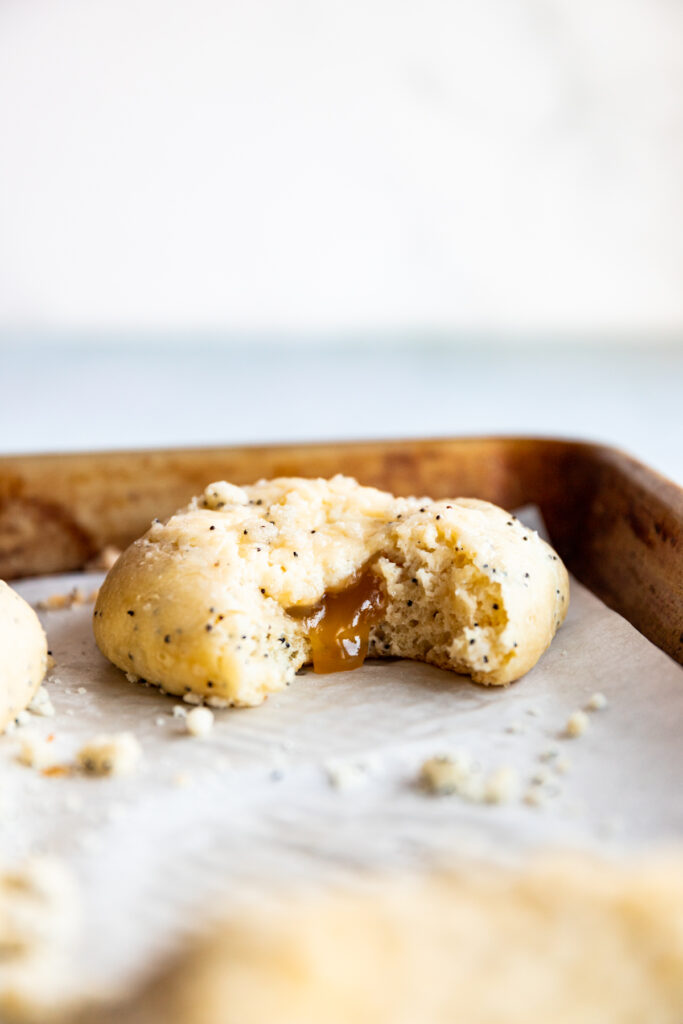
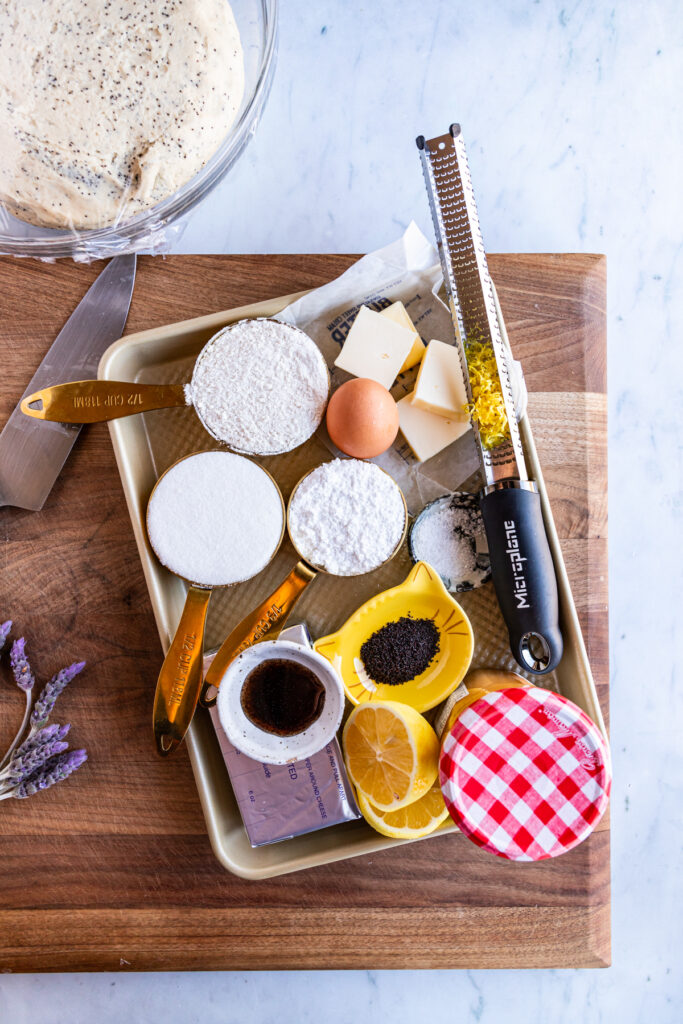
Here are the ingredients you’ll need to make this Lemon Poppy Seed Kolache recipe:
• kolache dough ingredients that include greek yogurt, granulated sugar, kosher salt, unsalted butter, instant yeast, all-purpose flour, large eggs, and warm water. Click here for a full view of ingredients and step-by-step photos of making the kolache dough.
For the filling and toppings of these spring forward kolaches you’ll need the following:
• store-bought lemon curd (or you could make curd from scratch with this recipe!)
• fresh lemons
• poppy seeds
• cream cheese
• a large egg
• vanilla bean paste or vanilla extract
• all-purpose flour
• granulated sugar
• unsalted butter
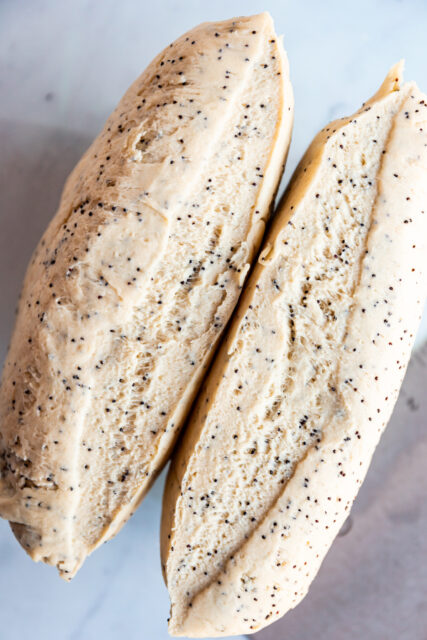
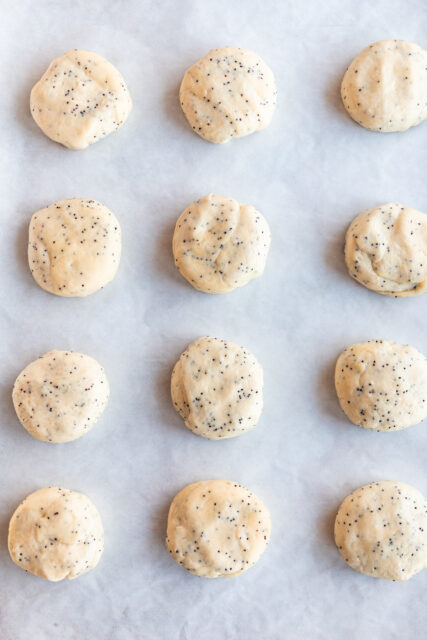
Two things make this kolache dough like little bread pillows. No.1: The enriched dough is made with full-fat Greek yogurt instead of whole milk. The yogurt works to tenderize the dough and create a lightness to the baked rolls. And No.2: The soft and sticky dough rests in the fridge overnight to help develop the flavors, and allowing the gluten to absorb the moisture and stabilize. The dough is well-rested and much easier to work with after a good night’s sleep (also, same).
If you’d like to see the dough in-process, scroll through last fall’s recipe for Apple Butter and Cream Cheese Kolaches. It’s confidence inspiring, especially once you know the dough will be rather sticky before it goes in the fridge.
After the dough has rested, divide the chilled dough into 20 equal pieces. I use this kitchen scale to make each ball 50 grams. Pat each portion of dough into a thick round disk and let settle and rest for 10 minutes before shaping and filling.
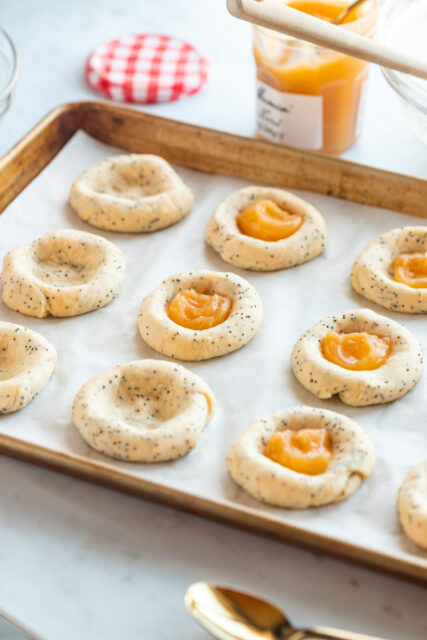
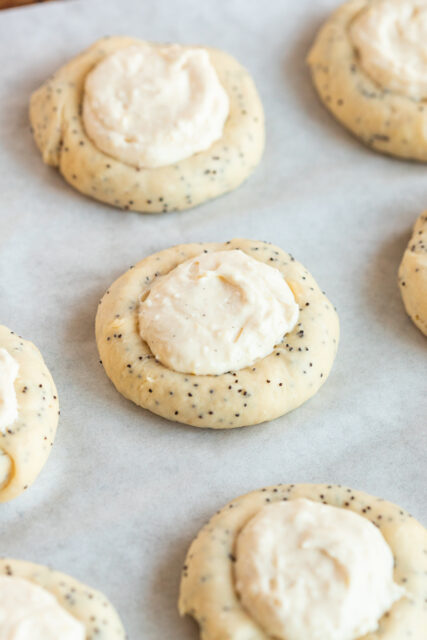
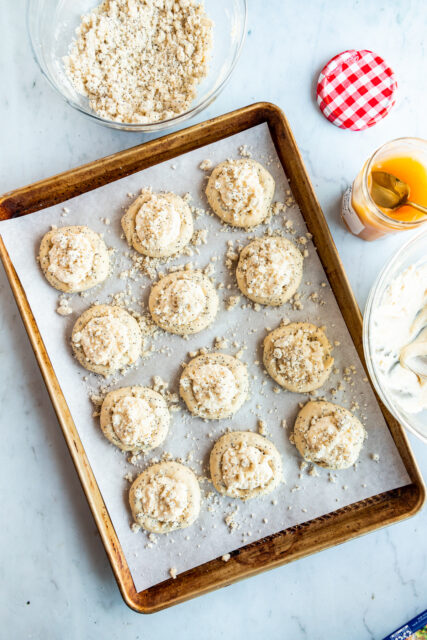
I use my fingers to create wells in the center of each kolache dough portion. We want enough room to cradle both lemon curd and a sweetened cream cheese topping, about a two inch divet. And because two fillings aren’t enough for these little pastries, I add a buttery crumble topping just before baking. Feel free to skip the crumble if this effort tips the scale for you. I totally understand that.

This soft, poppy seed studded dough bakes up to lightly golden, the cream cheese topping sets like an easy cheesecake and – the SECRET LEMON CURD POCKET!? Well, that’s just the best part.

Enjoy these kolaches warm or an easy room temperature. Though… if you have access to a toaster oven to slightly warm these buns before eating, I highly recommend a quick toast. The dough is soft but sturdy and the center bursts with sweet and tart lemon curd.
Let this be your next baking project! If you try this kolache recipe, don’t forget to rate the recipe and leave a comment below. I love hearing from you!
Print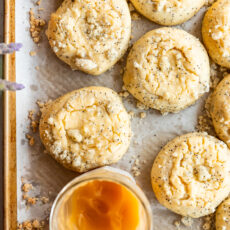
Lemon Poppy Seed Kolaches
- Author: Joy the Baker
Description
My favorite Texas pastry.
Ingredients
For the kolache dough:
- 1 cup (228 grams) full fat greek yogurt, resting at room temperature for 30 minutes
- 1/2 cup (100 grams) granulated sugar
- 1 1/2 teaspoons kosher salt
- 8 tablespoons (113 grams) unsalted butter, melted
- 2 1/4 teaspoons instant yeast
- 1/2 cup (113 grams) warm water
- 2 large eggs
- 4 cups (485 grams) all-purpose flour, plus a bit more for sticky dough and flouring the counter
- 2 1/2 tablespoons poppy seeds
For the filling:
- 1 cup store-bought lemon curd
- 8 ounces cream cheese, softened
- 1 large egg
- 1/3 cup powdered sugar
- 1/4 teaspoon kosher salt
- 1/2 teaspoon vanilla bean paste
- 1 teaspoon lemon zest
- 1 tablespoon fresh lemon juice
For the crumble topping:
- 1/2 cup (63 grams) all-purpose flour
- 1/2 cup (50 grams) granulated sugar
- 1 teaspoon poppy seeds
- 4 tablespoons (56 grams) unsalted butter, melted
Instructions
- To make the dough, in a medium bowl whisk together yogurt, sugar, and salt. Melt butter in the microwave or in a small saucepan and whisk the warm melted butter into the yogurt mixture to combine.
- In the bowl of a stand mixer fitted with a dough hook, use a rubber spatula to combine flour, yeast, warm water, and eggs. Add the yogurt mixture and use the spatula to roughly combine. Knead the mixture with the dough hook on low speed for 5 minutes. Dough should pull away from the sides of the bowl but be very tacky too the touch. Add up to 1/2 cup more flour as necessary but really, you want the dough to be sticky. The overnight rest in the refrigerator will make the sticky dough easy to work with.
- Transfer the dough to a lightly greased bowl, cover the bowl with plastic wrap, and refrigerate overnight.
- While the kolache dough rests, make the cheese filling and the crumble topping.
- For the cheese filling, in a medium bowl using hand beaters or in the bowl of the stand mixer with a paddle attachment, beat together all of the cheese filling ingredients until a smooth paste forms. Place in a small container, cover and refrigerate.
- For the crumble topping, combine all of the ingredients in a medium bowl and use your fingers to incorporate the ingredients into a sandy mixture. Cover and place in the fridge until ready to fill.
- The following day, remove the dough from the fridge, and divide it into about 20 pieces and use a bench knife to divide the dough into balls that are 1 3/4 ounces (or 50 grams) each, about the size of a golf ball.
- Place the pieces on lightly greased or parchment-lined rimmed half sheet pans, leaving about an inch between them. Flatten the balls until they’re about 1/2″ thick, cover them with lightly greased plastic wrap, and allow them to rest for 10 minutes.
- Using your fingers, make a wide, deep indentation in the center of each flattened dough ball. Don’t be afraid of being decisive here; you want to make a deep enough indentation that it doesn’t just disappear as the buns rise and bake.
- Place about 1 tablespoon of the lemon curd at the bottom of the indentation you’ve made followed by 1 generous tablespoon of the cream cheese mixture on top. Crumble a bit of the streusel on top. Cover the kolache, and allow them to rise for about 45 minutes. They won’t necessarily double in bulk.
- Uncover the kolache, and bake them in a preheated 350°F oven for 15 to 20 minutes, until they’re golden brown.
- Remove the kolache from the oven, and serve warm, or at room temperature. Store any leftovers airtight at room temperature for several days; freeze for longer storage and reheat covered in foil to serve warm.

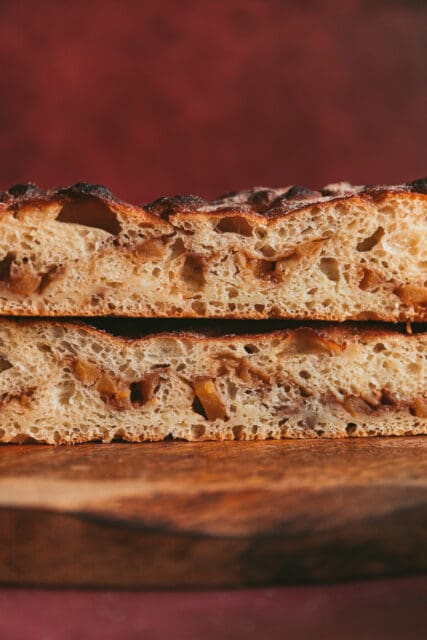
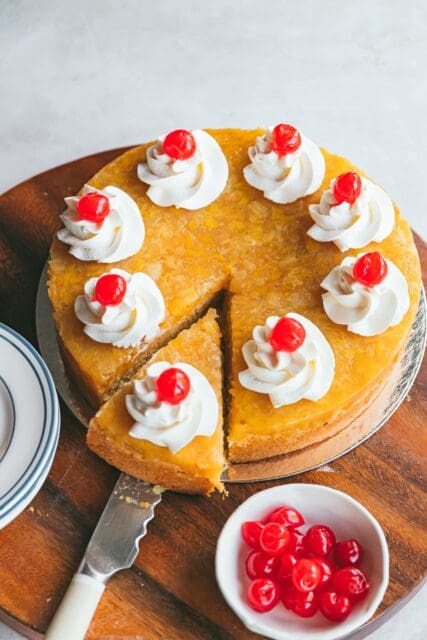
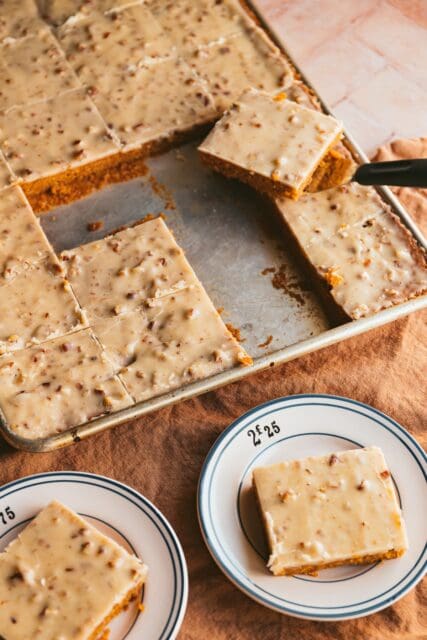
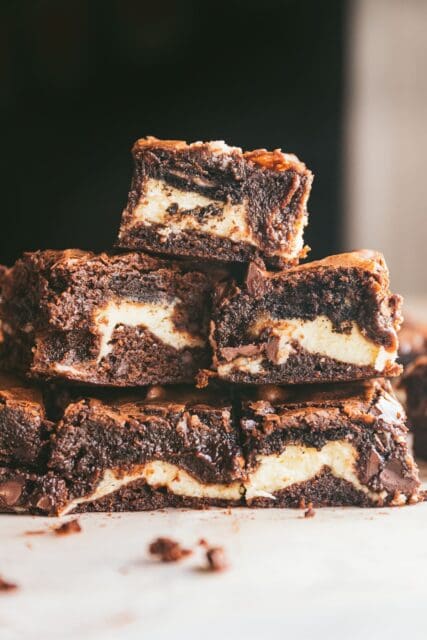


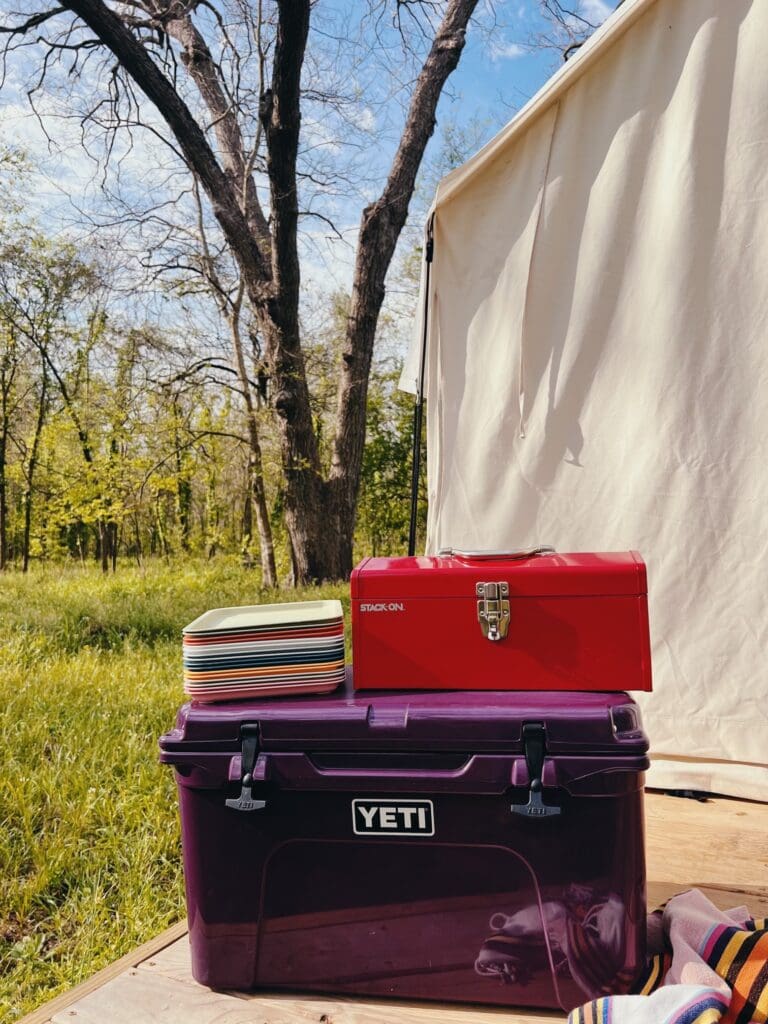


5 Responses
I made these today and they are cute and delicious! One quick note about the recipe, though, the amount of sugar in the dough has the same volume measurement as the sugar in the crumb topping (1/2 cup) but different weight measurements (100 g in the dough vs 50 g in the topping). I measured by volume for the crumb topping and used about a quarter-cup and it was just right; I think a half-cup would have been too much. And the written recipe does not mention when to add the poppyseeds to the dough. Great recipe, though!! I will try the apple butter kolache in the fall!
Do you add the 1 cup curd in with the cream cheese mixture and then add the table spoon more into each formed dough or do you mix everything but the curd with he cream cheese and just use 1 tablespoon on each dough ball?
Loved them! I had to make some substitutions just because I was missing some of the exact ones. I used a fat free yogurt and cut back the sugar a bit but they were still DELICIOUS!!
I am not a kolache expert but a huge fan of stopping in West, Texas every chance I get. This dough is so soft and pillowy! I resisted the urge to add more flour… the dough is so sloppy but the overnight rest is magic. Thank you for sharing this recipe! It turned out so well… the perfect spring treat. :)
Delicious! Super fluffy!
I just couldn’t find where the 2.5 tblsp of poppy seeds were used in the dough. I ended up just sprinkling the dough with poppy seeds once I shaped it and it turned out great!